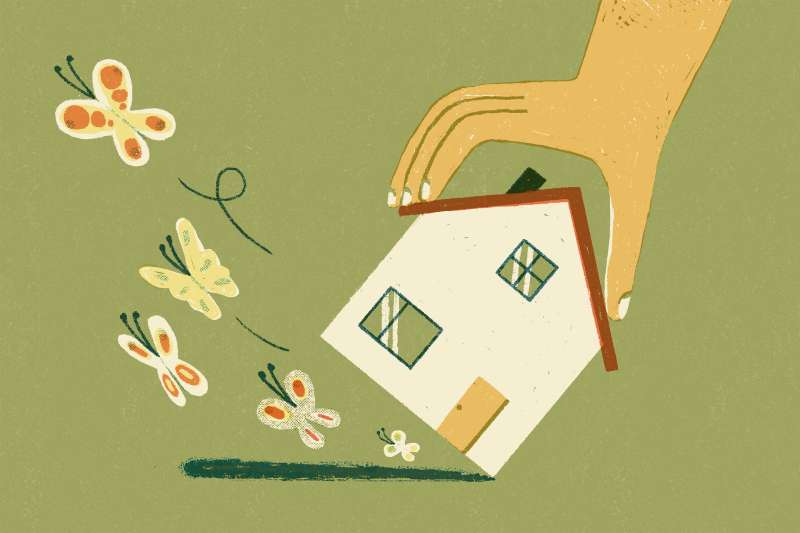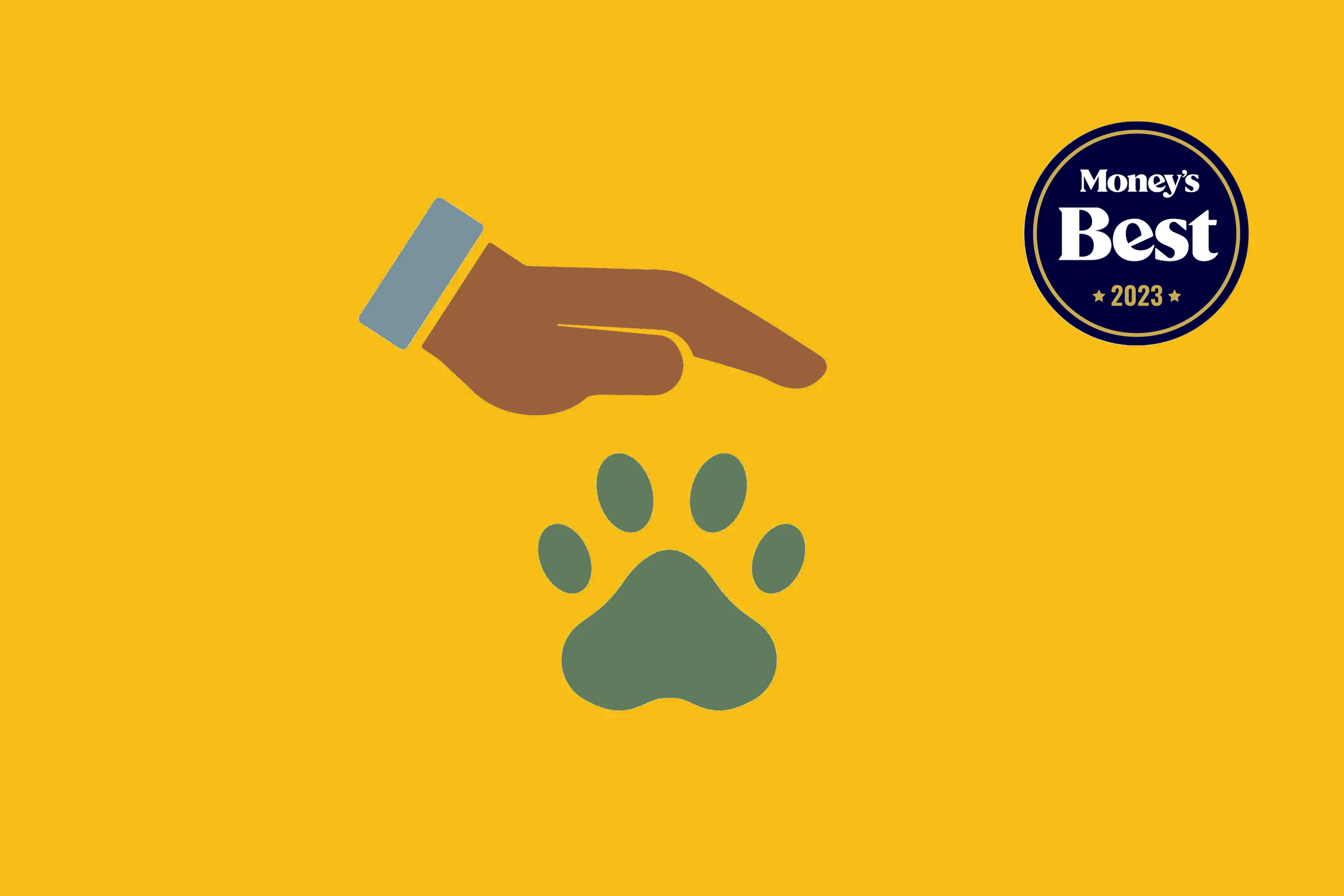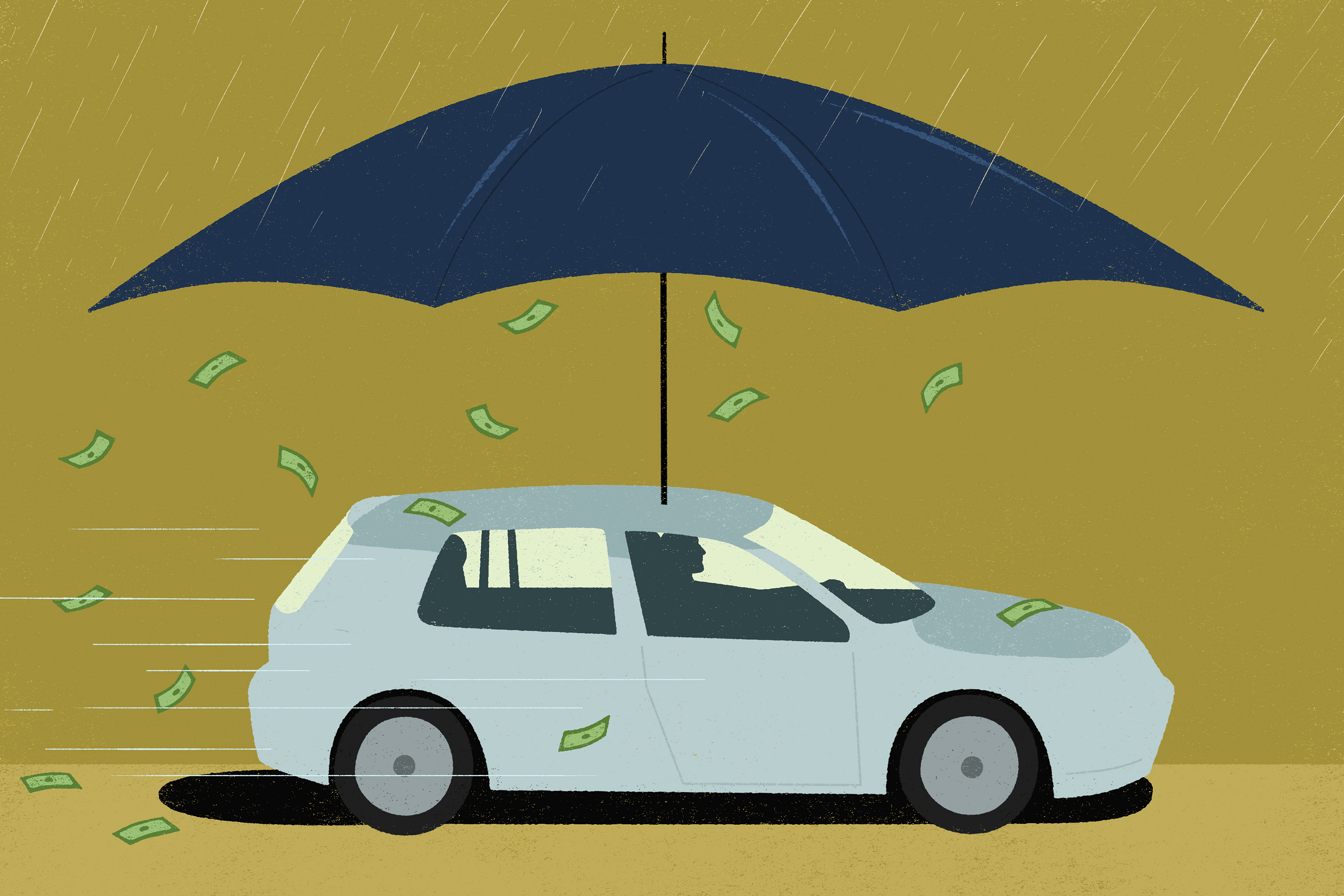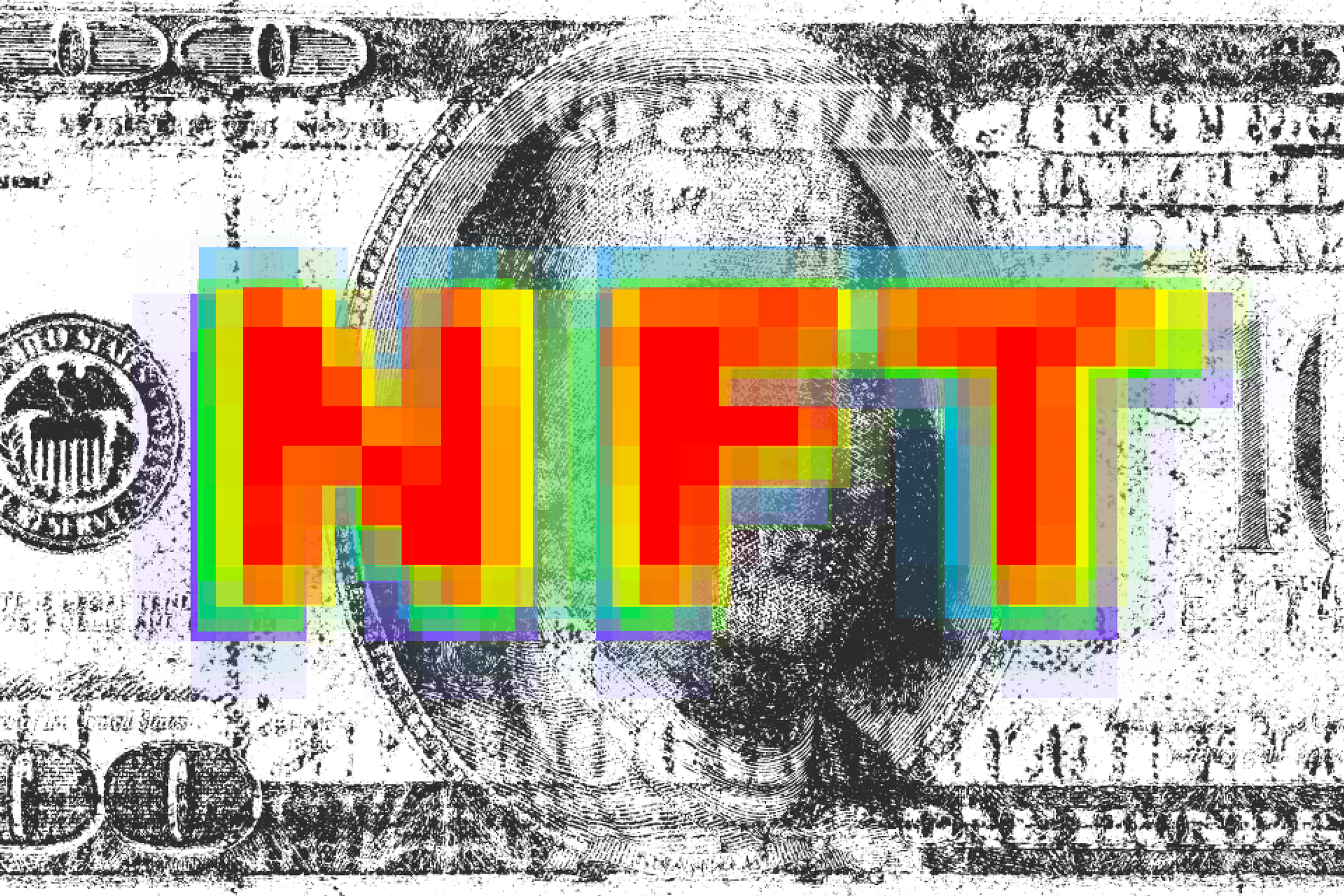How to Get A Home Equity Loan

Collectively, Americans have $21.5 trillion worth of equity in their homes, according to The Federal Reserve’s Flow of Funds Report. About $6.5 trillion of that — or more than $120,000 per mortgage holder — could be tapped for cash, according to mortgage data provider Black Knight.
Home equity — how much money you have in your home, calculated by subtracting what is still owed on your mortgage from the amount the home could sell for — is a major source of wealth in this country. Of course, homeowners can access their equity by selling, but people who don’t want to move can tap into some of their equity with a loan or a line of credit. With a home equity loan, borrowers get the entire amount as a lump sum, while a home equity line of credit is a pool of funds that can be drawn from as needed.
Interest rates on home equity loans or lines of credit are lower than those on credit cards or personal loans, though higher than on first mortgages. Homeowners often use these loans to pay for home improvement projects or cover big expenses like college, but they can be risky and hard to qualify for — especially in a tough economy. Before taking out one of these loans, borrowers should also factor in closing costs, such as origination fees and appraisal fees, which generally total between 2% to 5% of the loan value.
Here we explore the differences between home equity loans and lines, and help you figure out if tapping your home equity is right for you.
What is a home equity loan?
A home equity loan, sometimes called a second mortgage, works a lot like a first mortgage. The loan is for a fixed amount of money, which is paid as a lump sum and is secured by your home. You’ll have a fixed interest rate and pay back the loan with pre-set monthly payments over a period of five to 30 years.
In normal times, lenders allow borrowing of up to 85% of the home's market value. During the coronavirus pandemic the limit was dropped to 80% or sometimes less. That means your loan amount plus your mortgage balance cannot be greater than 80% of market value. So, if your home appraises for $200,000 and your remaining mortgage balance is $100,000, you could be eligible to borrow up to $60,000. (The exact amount you will be able to borrow will also depend on your income, credit score and the value of your home.)
Since home equity loans are paid out upfront, they are useful for big one-time expenses — ideally, when you know exactly how much money you need. Some home sellers use home equity loans to put money down on a new home as they wait to close on the sale of their current home, though this is risky.
What is a home equity line of credit?
Rather than a loan for a set amount, a home equity line of credit — commonly referred to by the acronym HELOC — is a revolving line of credit. It's similar to a credit card, but your home is the collateral.
A HELOC has a credit limit. You can borrow up to that amount by writing a check or using a credit card connected to the account. The balance on a HELOC goes up as you use the line to make purchases, and your available credit is replenished as you repay the debt. This makes HELOCs convenient for financing ongoing home improvement projects or other intermittent expenses.
Like a home equity loan, the full line plus your mortgage balance can equal as much as 80% of your home’s appraised market value. You only make payments on the amount you’ve drawn from the line. Keep in mind that your lender may require a minimum withdrawal when you open the account or at a later point. Make sure to ask.
You should also ask about the length of your draw and repayment periods. Typically, you can borrow from the line for five to 10 years. Beware that you may be required to pay off the debt in full at the end of the draw period or have a balloon payment at the end of the loan. Other HELOCs have a payback period of 10 to 20 years after the draw period ends; this is generally a safer bet.
It is common for lenders to require payments only on the interest during the draw period, meaning you are not making any progress on paying down your balance. (Extra principal payments will save you money on the interest you’re charged and help reduce your overall debt faster.)
HELOC interest rates tend to start lower than home equity loans (in October the average rate on a HELOC was 4.55% versus 5.10% on a home equity loan). However, most HELOCs charge variable interest rates instead of fixed interest rates. This may mean you have a lower rate and monthly payment at first, but the rate can change from month-to-month. Ask if the rate you are being offered is a temporary discount.
After an introductory period, most lenders base HELOC rates on the U.S. Prime Rate, which is an index of corporate rates charged by large banks. Lenders then add a unique margin that is set at the start of your loan. Make sure to ask for your individual margin rate and to check the cap on interest rate changes over the life of the loan.
How to get a home equity loan or home equity line of credit
The requirements to qualify for a home equity loan or a HELOC have become stricter during the coronavirus pandemic. Here are the steps to take as you apply.
Step 1: Check your home equity
To qualify for a home equity loan or a HELOC, you need to have equity in your home. Borrowers who are upside down on their first mortgage — meaning they owe more than the home is currently worth — cannot get this type of loan. It’s also not likely to be an option for brand new homeowners who have not yet built equity through appreciation or regular mortgage payments. Holding onto as much equity as possible is also a good insurance policy against a decline in home values, so try to avoid borrowing more than you really need. Most lenders cap home equity borrowing at around $250,000 or less.
Step 2: Check your credit score
Borrowers need to prove that they have income, so people who have been laid off or furloughed will not qualify for a home equity loan or line of credit. Lenders also generally won’t provide home equity debt if your credit score is below the mid-600s. During the coronavirus pandemic many lenders have raised the requirement to somewhere in the 700s, and some temporarily stopped accepting applications in the early months of the crisis.
Step 3: Compare rates and fees
As with your first mortgage, it pays to shop around for rates, fees and, with a HELOC especially, payback terms. Ask lenders about any fees, such as an application fee, an annual fee and a cancellation or early closure fee. With HELOCs, it is important to read the fine print and understand the seemingly small details that can make a big difference in how much you pay and when.
Are home equity loans and home equity lines of credit safe?
Remember that taking out a home equity loan or HELOC increases the amount of debt you have on your home. Lenders on these products typically take a second lien position, behind your first mortgage. If you cannot pay, you can be foreclosed on.
If home values fall, so does your equity. Don’t take out more than you could realistically pay back (this also increases your odds of getting approved).
Taking a home equity loan vs. refinancing: Which is better?
An alternative to taking on a second mortgage is to refinance your first mortgage. If you simply want more cash in your monthly budget, you may be able to lower your monthly mortgage payment by refinancing at a lower mortgage rate.
If you need money now, you could opt for a cash-out refinance. With this type of refinance, the cash you need is added to your loan balance, lowering the amount of equity you have in the home. Instead of adding a second home loan, a cash-out refinance replaces your current mortgage with a new one.
Borrowers with low credit may have an easier time qualifying for a cash-out refinance than a HELOC or home equity loan. Keep in mind, however, that refinancing resets the clock on your mortgage, meaning you will be paying for longer. With a cash-out refinance you also pay closing costs on the full loan amount instead of just the cash you need.
More from Money:
Home Equity Is Soaring — if You're Tempted to Borrow Against Your Home, Read This First
The Overlooked Reason It’s so Hard to Buy a Home in 2020
Millions of Americans Need Cash — But Borrowing Against Your Home Is Getting Tougher



